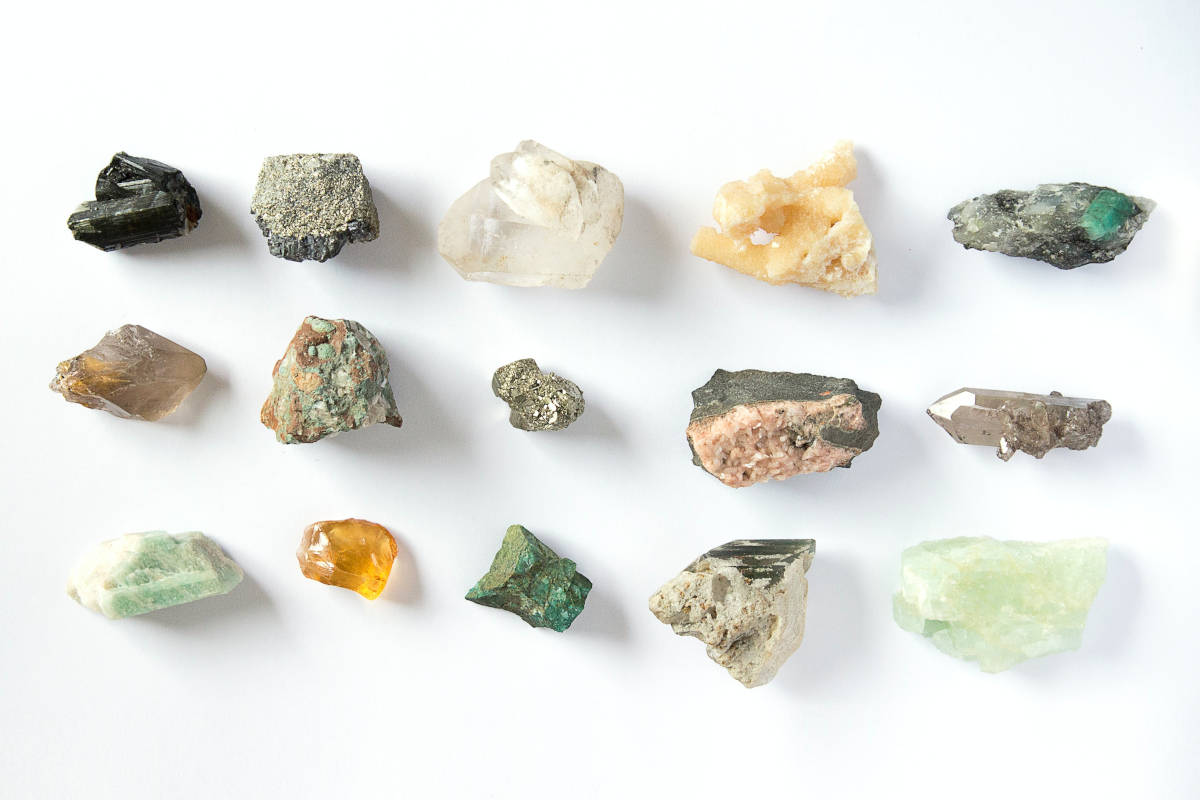Granite is one of the most popular building materials due to its outstanding qualities, from its resistance to shock and staining to its durability. However, few people intimately understand what granite is composed of or why it is so uniquely helpful in construction projects. To provide a better understanding of this versatile stone, this article will present an overview of granite composition and address the key features that make it such an advantageous material for constructing countertops, walls, and other architectural features.
What is Granite?
Granite is a type of felsic igneous rock that is formed when molten rock cools slowly beneath the Earth’s surface. This process results in an extremely hard, crystalline-textured stone that has a variety of colors depending on the minerals present. Granite’s unique mineral composition makes it resistant to staining and shock, as well as durable and strong. Deep red, pink and gray veins can be observed along with flecks of black and white quartz, which give granite a unique pattern and make it a desirable material for construction projects.
Mineral Composition
Quartz, feldspar, and mica are the three primary minerals that come together to create granite. Quartz is composed of silica, which makes up around 60% of the stone’s total composition. Feldspar is a group of minerals that occur in various forms and make up around 35% of the composition. Mica, a group of minerals with similar characteristics, makes up the remaining 5%. The proportions of these minerals vary from granite to granite, creating a unique pattern and color in each sample of the stone.
Effects on Strength and Durability
The presence of quartz and feldspar in granite is what makes it such a durable and attractive building material. Quartz is the hardest of the two minerals and provides abrasion resistance, while feldspar provides compressive strength, making granite extremely resistant to shock and staining. This combination of strength and hardness makes granite resistant to freezing and thawing, making it an ideal choice for outdoor applications. The mica within granite adds to its strength and provides a unique coloring and pattern that can add to a surface’s aesthetic.
Effects on Color and Appearance
While granite’s strength comes from its quartz and feldspar, its texture is determined by the proportions of these minerals and their size and shape. Quartz is responsible for the light gray or white color found in granite, mica for the glittery effect, and feldspar for its orange, pink, or yellowish hues. As a result, if the quartz crystals are smaller and the feldspar is more abundant, the granite will have a pink or red hue. On the other hand, if the quartz and feldspar are both present in larger sizes, the rock will have a grayish color. Other minerals such as amphiboles and pyroxenes are often found in granite, which can contribute to the black, green, and blue tinted veins found in some pieces.
Final Thoughts
Granite is a truly remarkable stone, with a variety of uses and benefits. Its strength, durability, and resistance to shock and staining make it an advantageous material for constructing foundations, walls, and other architectural features. While some types of granite are more suitable for certain projects than others, this infinite variability demonstrates what a versatile and unique stone granite can be.

